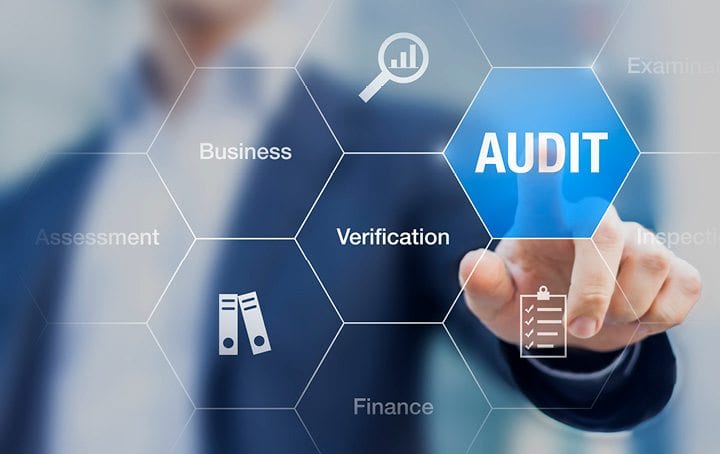Get Ready For E-Audits - 29 March 2018

Are you ready for e-Audits?
The ATO is moving with the times and have started conducting e-Audits using computer assisted verification techniques. This process is said to be more efficient, accurate and thorough than traditional audits with the advantage of also minimising the time the ATO spends on your business premises.
In this fast-paced world of everchanging technology, the ATO is using computer assisted verification techniques to conduct audits, a process they are calling e-Audits. The process for selecting taxpayers for an e-Audit is the same as a normal audit. As the ATO can do these types of audits cheaper and more efficiently, it might mean there will be more of them as businesses increasingly move to a paperless environment.
According to the ATO, a tax officer skilled in e-Audit will be able to analyse the electronic information obtained more efficiently, accurately and thoroughly than if they had use manual processes. In addition, providing electronic information reduces the time spent on your business premises minimising disruption to your business.
If your business is selected for an e-Audit, here is what you need to know:
- accessing your business records – the ATO will use their formal access powers to access the documents required, although it is said they will usually take a cooperative approach and consult with you as to what is needed.
- supplying your electronic information – the ATO will first attempt to understand your accounting systems, system architecture, format and extent of electronic records, and any other documents available to assist in their analysis. They will then identify information needed on a mutually agreed basis and organise to download it either to a secure biometric thumb drive, a secure drop box, or another agreed way.
- data analysis and review – specialised software will be used to verify the data provided by you is accurate and complete. A series of tests will then be conducted on your data to ensure that tax laws have been complied with. The specific tests conducted depends on the nature of the compliance activity that is being conducted.
- Completion of the e-Audit – when the e-Audit is completed, the data that has been provided by your business is stored as a part of a case file and kept as a record of the compliance activity.
To save time you time in case of an e-Audit, the following information will generally be requested by the ATO:
- names and versions of all points of sale, accounting, payroll, financial management system, enterprise reporting system, or any other software and systems used in meeting your tax obligations, including manual processes;
- contact details of accountant or person(s) responsible for preparing your BASs and financial records; and
- system support documentation (g. system architecture diagram, data dictionary, BAS preparation papers and other working papers).
For those taxpayers unable to provide any of the above, the ATO will attempt to visit your business premises to obtain any data required to carry out the e-Audit and this may include bank records and copies of back-up data for the period examined.
Need help?
ATO e-Audits can be just a minor blip in running your business with the right record keeping and compliance with the relevant tax laws. We can make sure that your tax data is complete and accurate in the event of an e-Audit. Don’t let the prospect of an e-Audit turn into a major headache.
29 March 2018
For expert advice and assistance in dealing with your Tax Audits in Australia, please contact Mathews Tax Lawyers on 1800 685 829
Disclaimer: The information on this page is for general information purposes only and is not specific to any particular person or situation. There are many factors that may affect your particular circumstances. You should seek professional advice from a suitably qualified and licensed advisor before making any decisions.
